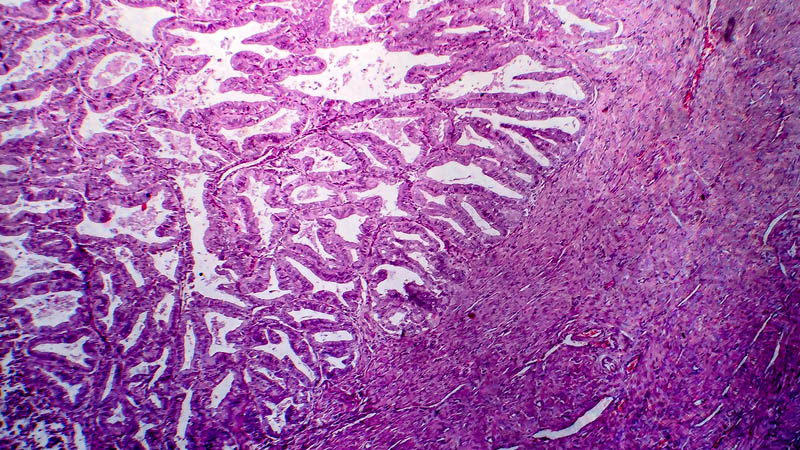Ulipristal acetate in the treatment of uterine fibroids – a bridge between pharmacology and surgery
Janina Markowska1, Bartosz Kasprzak2, Piotr Paprzycki3
 Affiliacja i adres do korespondencji
Affiliacja i adres do korespondencjiMyomas are a common cause of infertility and miscarriages. Their pathogenesis is muftifactorial. It includes sex-hormones and their receptors, change of expression of cytokines and growth factors as well as epigenetics. Sex-hormones, mainly estrogens, play a key role in the development of myomas, which can be observed by their development in the fertility period and their regression during menopause. Other research has shown that myomas can be hereditary. The clinical symptoms of myomas vary depending on their localization and size. Submucosal myomas may cause massive menstrual bleeding and may be the cause of anemia. Enlarged myomas can be the source of pain and pressure symptoms within the pelvis; they may also be responsible for infertility and miscarriages. There are many options for the treatment of myomas – uterine artery embolization, operative myomectomy or pharmacological treatment (gonadoliberin analogues, anti-estrogens and antiprogestagens). With more treatment options available, clinical decisions are harder. A new drug – ulipristal acetate – has been registered for the preoperative treatment of uterine fibroids. It is already present in more than 30 countries, registered as Esmya, Inisia or Fibristal. The first reports of pregnancies after using this drug have been described. The article presents a case of a 30-year-old woman, gravida 0, para 0, who was admitted for myomectomy. A three-month Esmya treatment was administered followed by a successful myomectomy – we present the results of this treatment.









